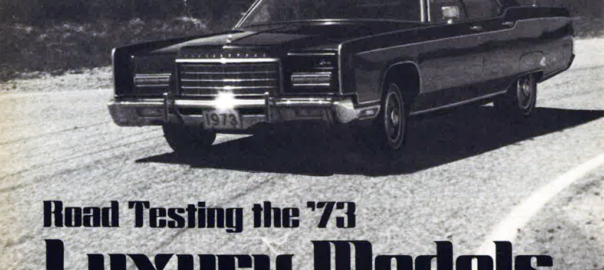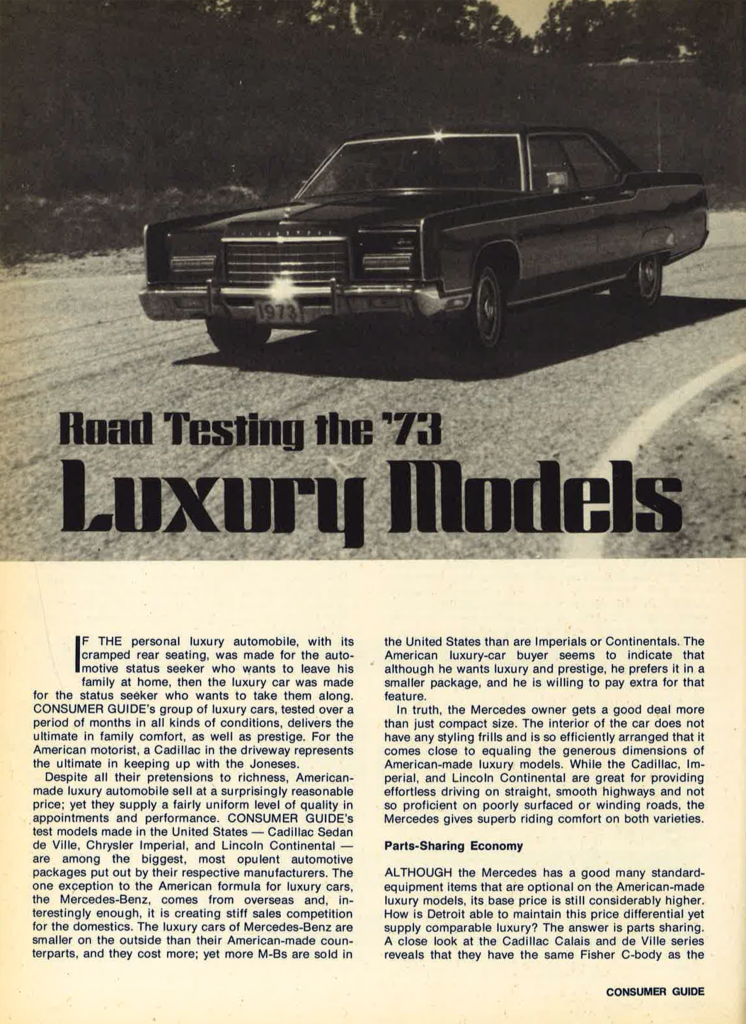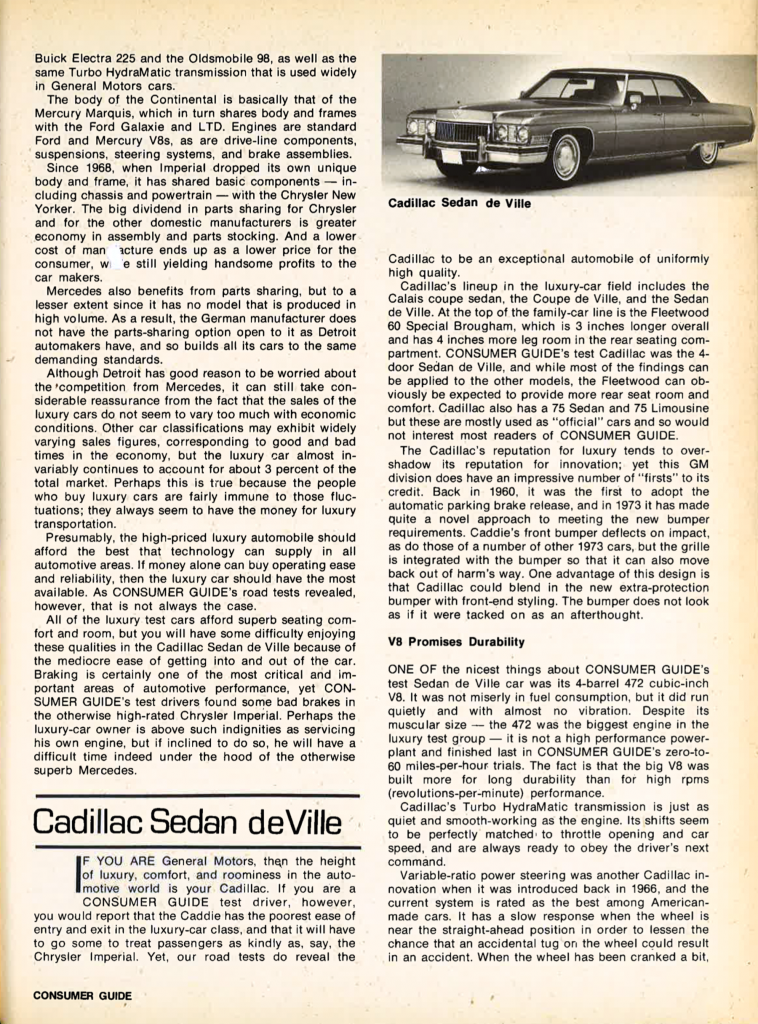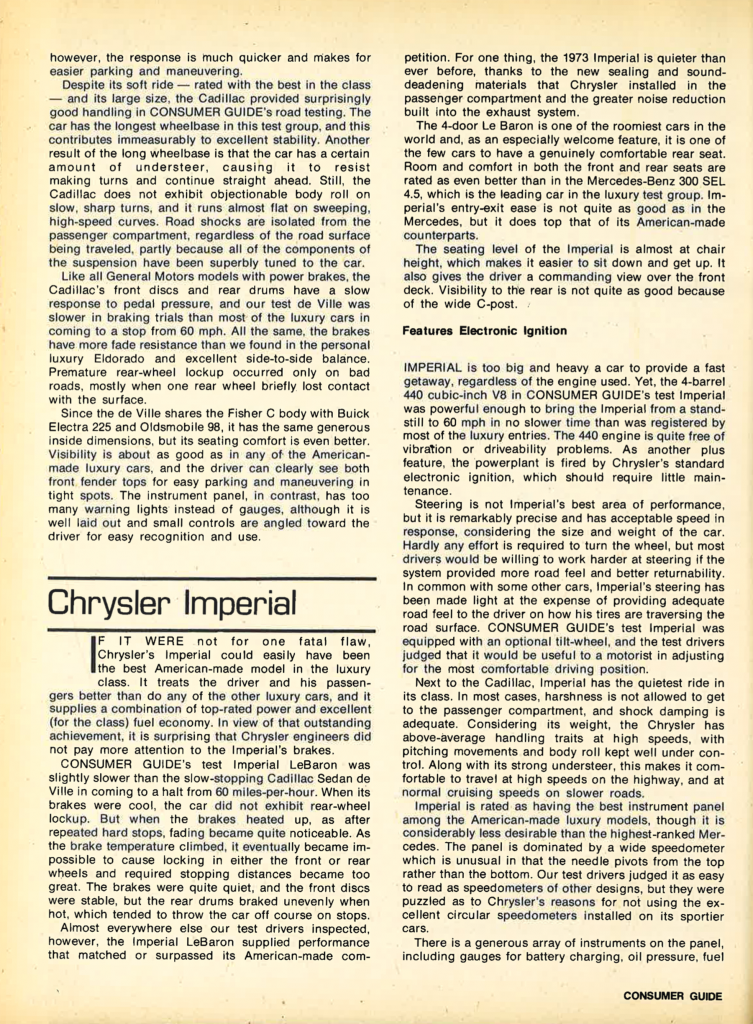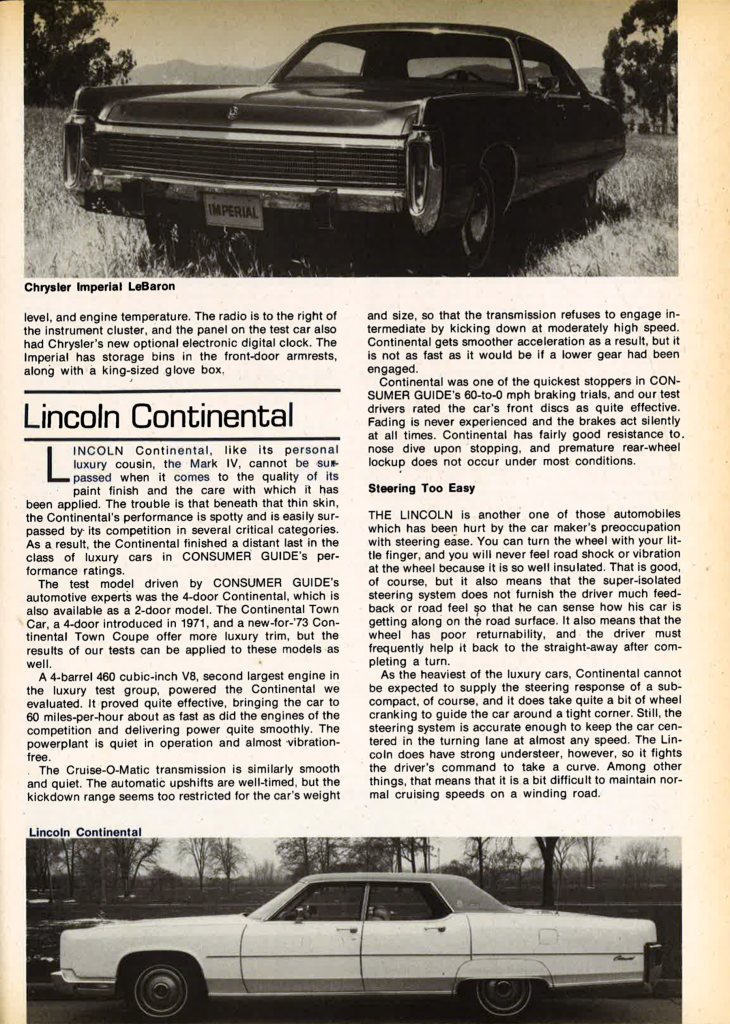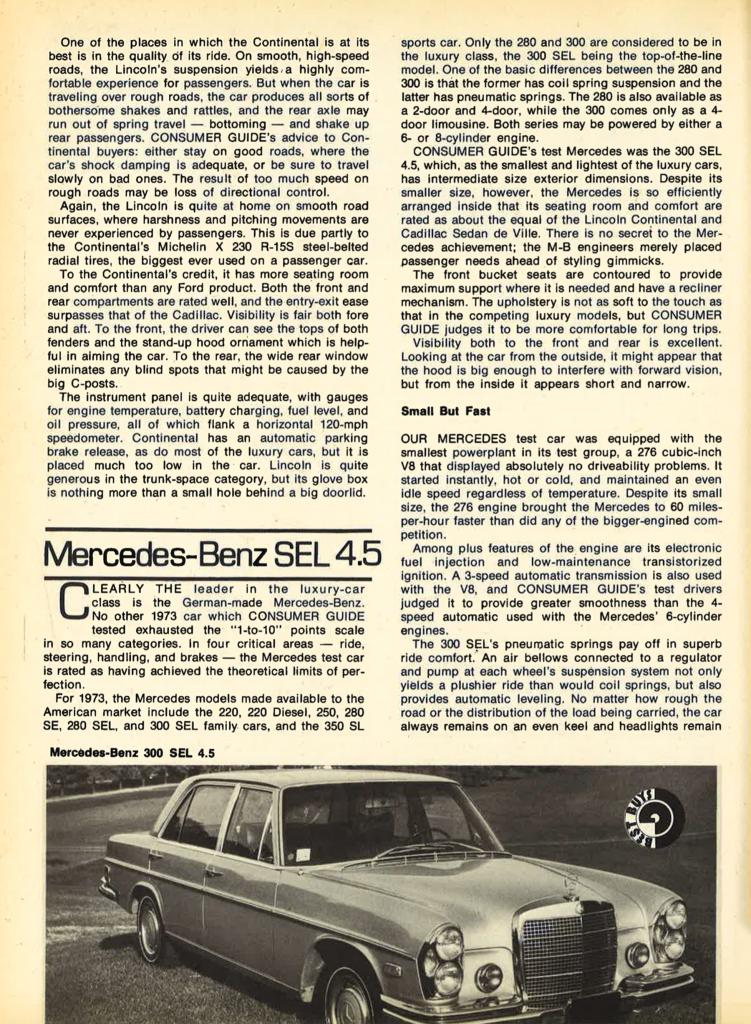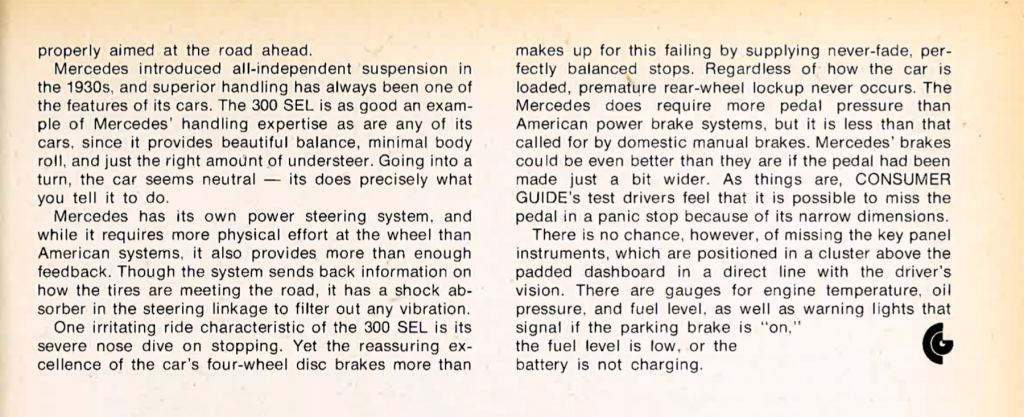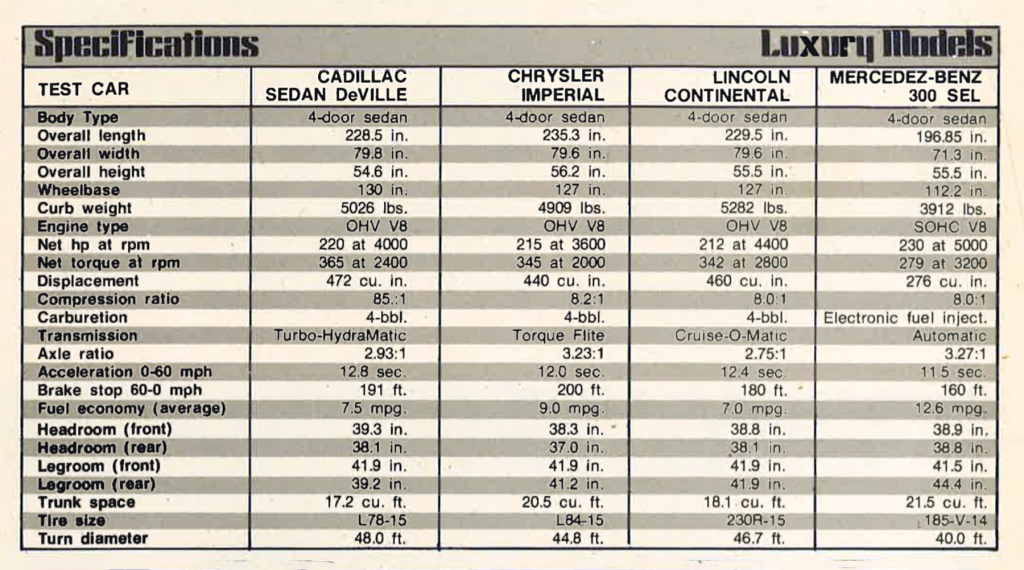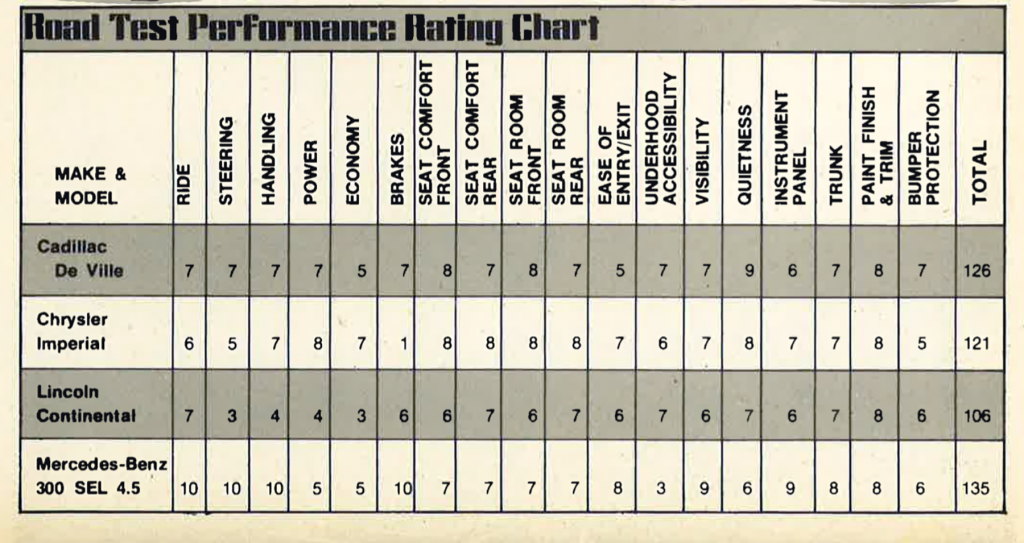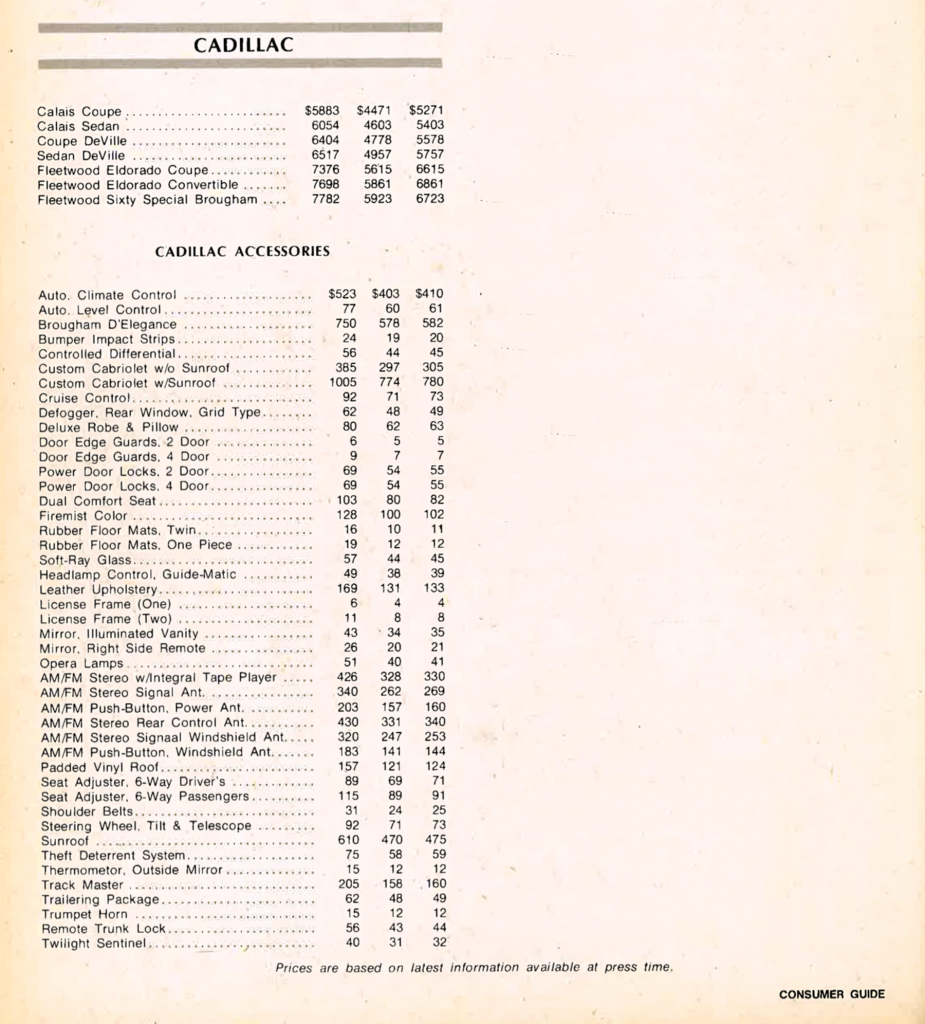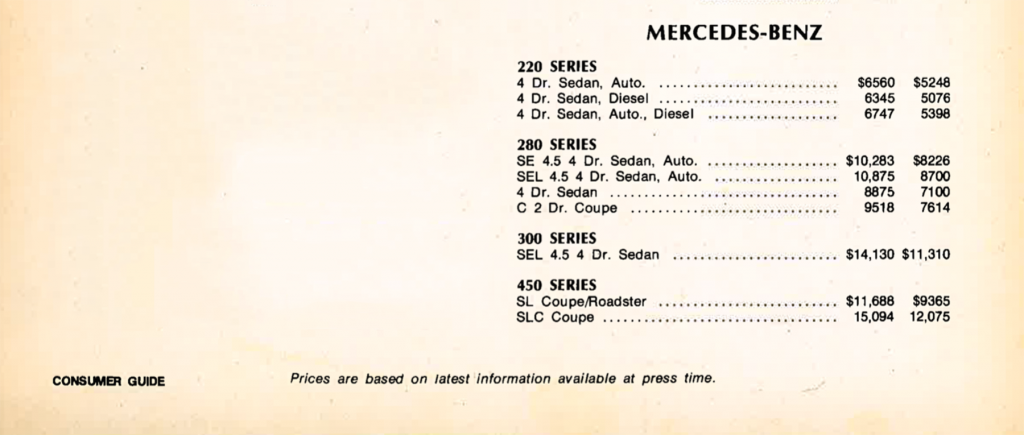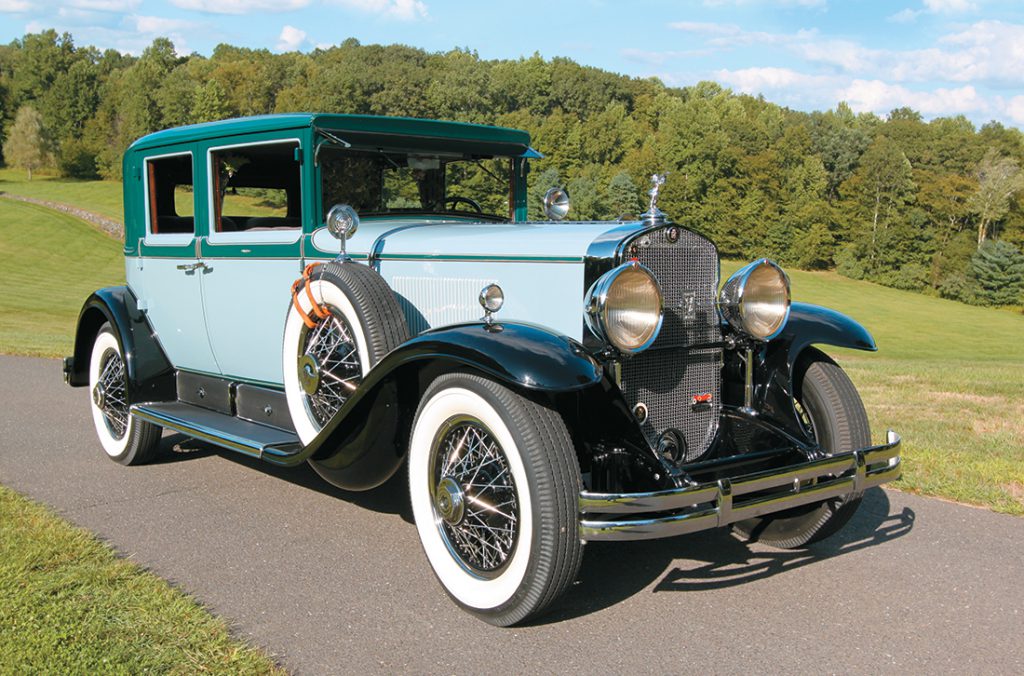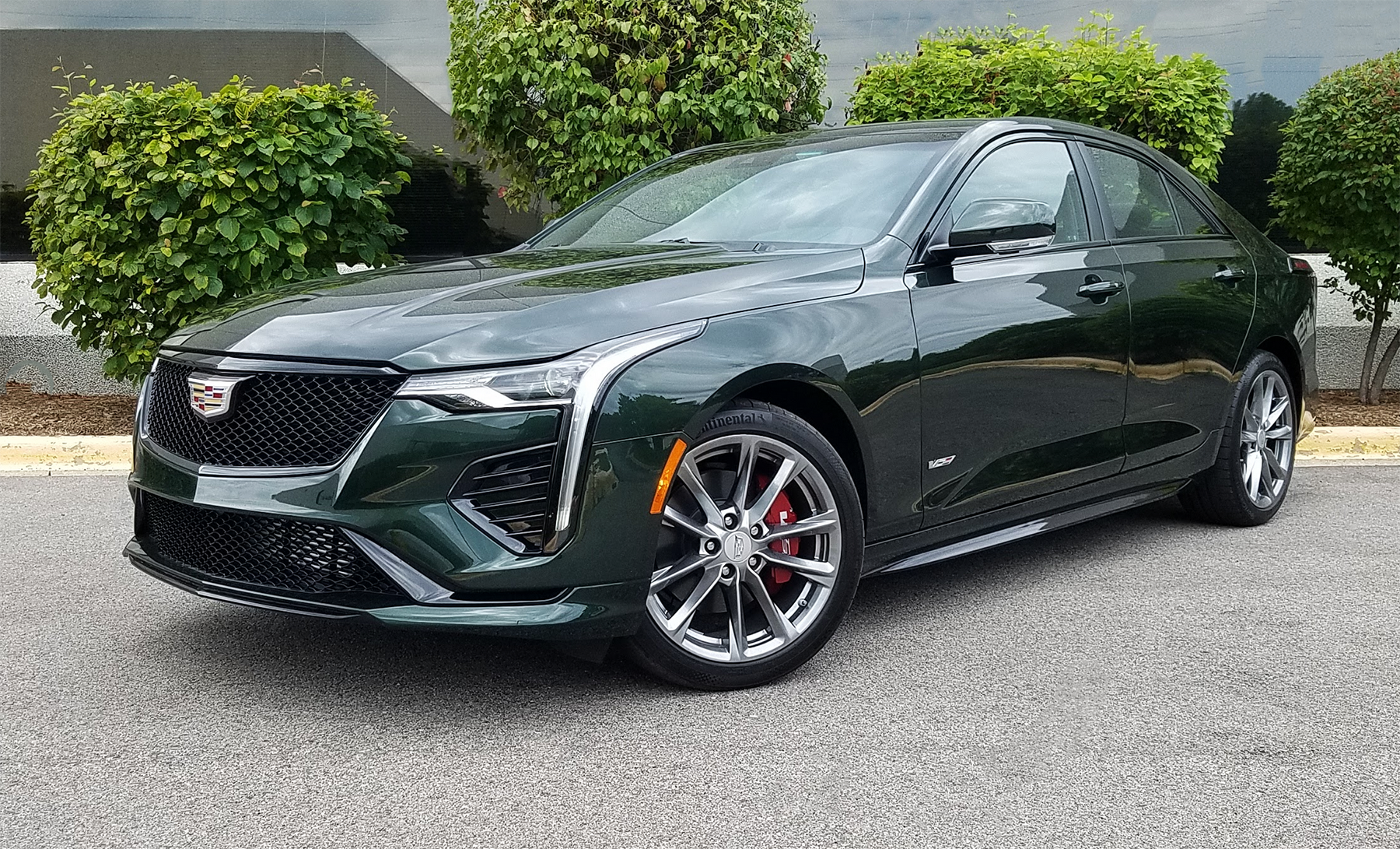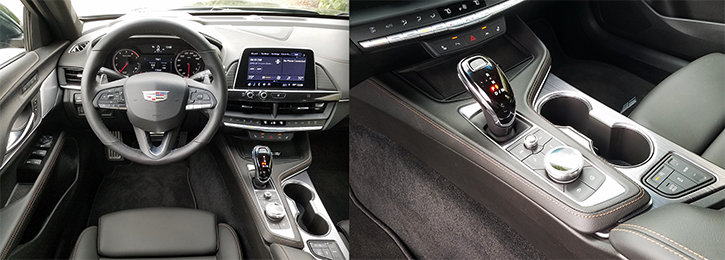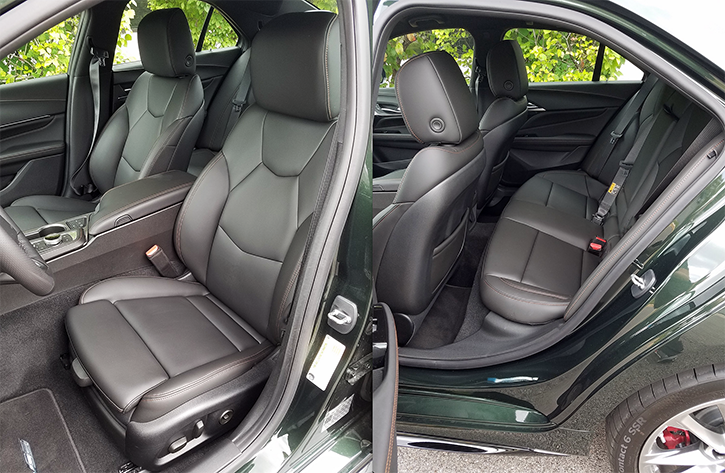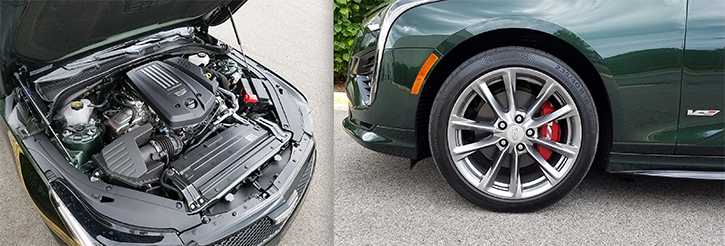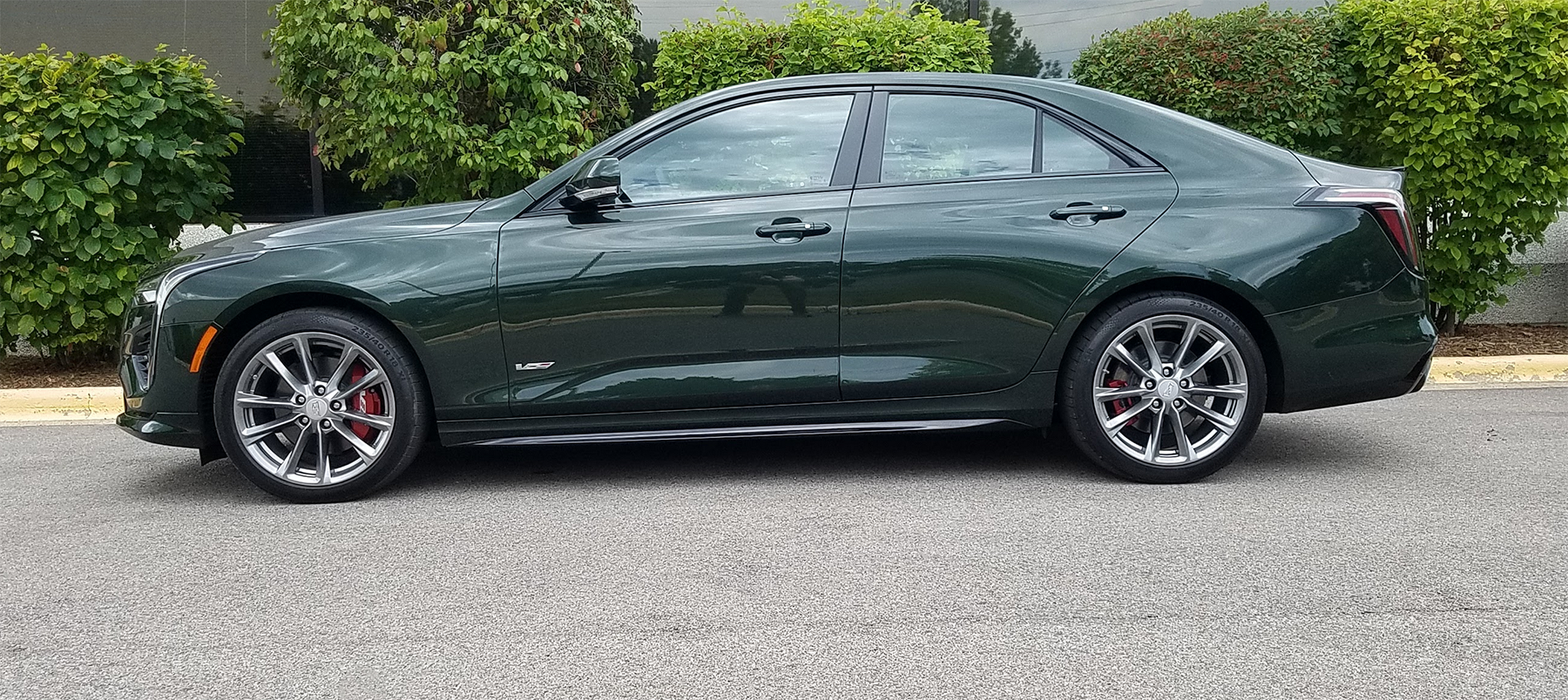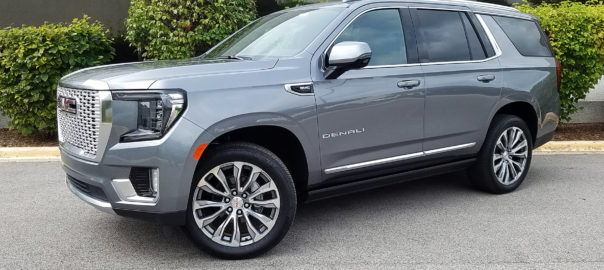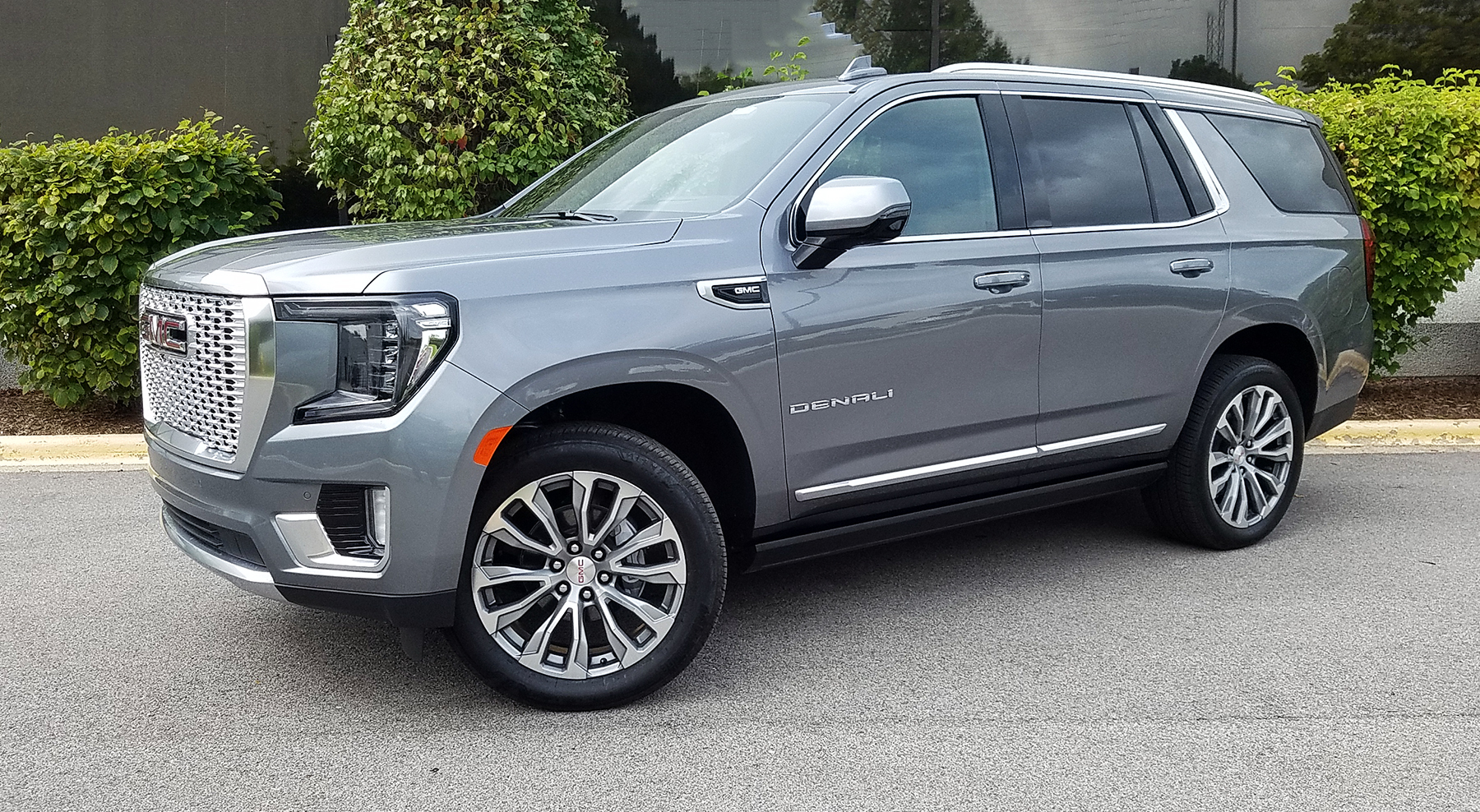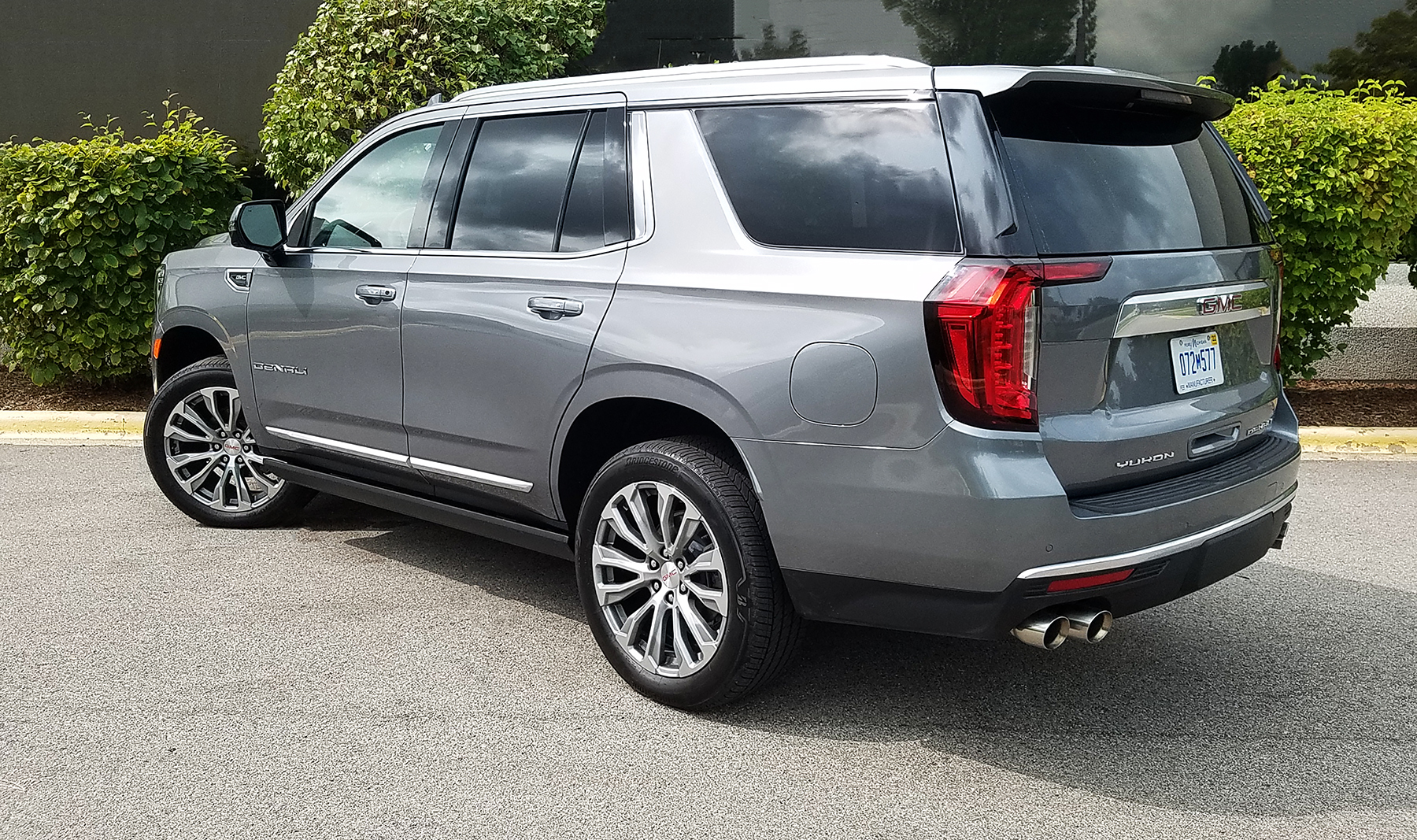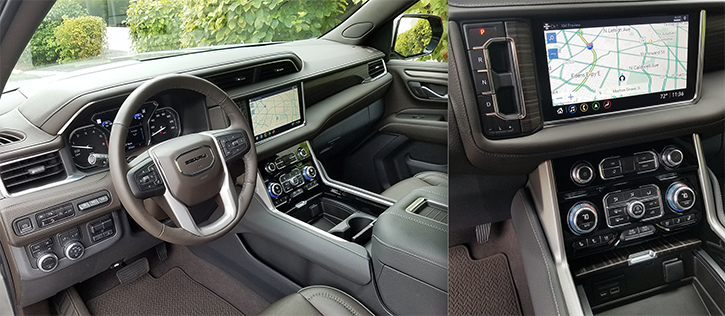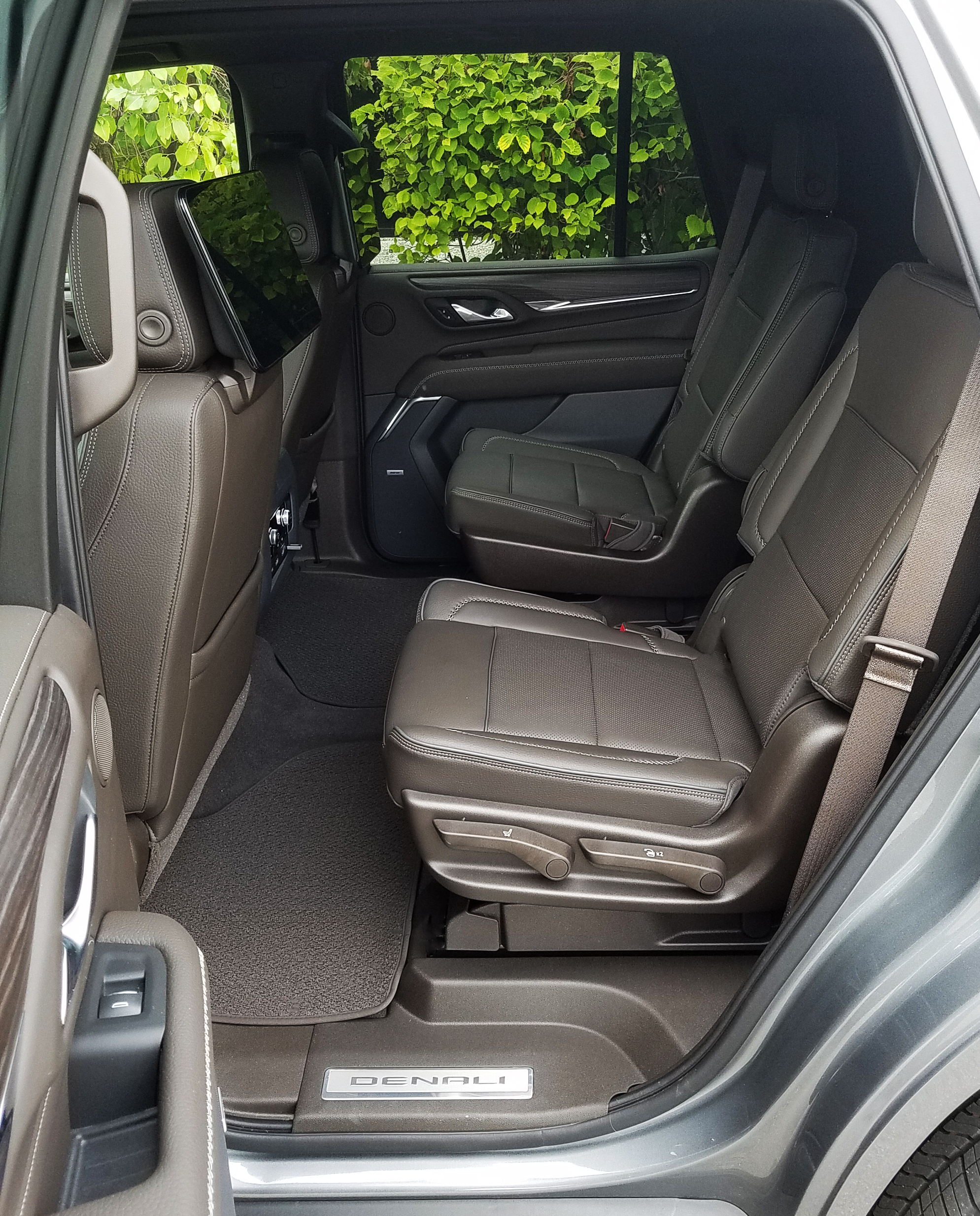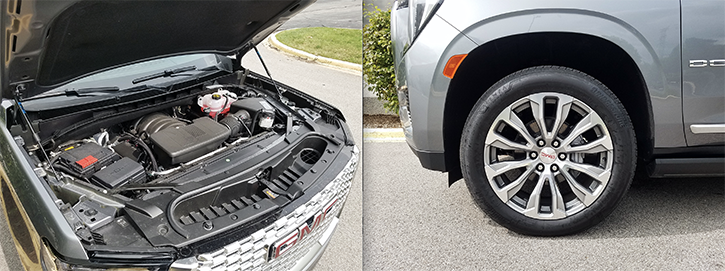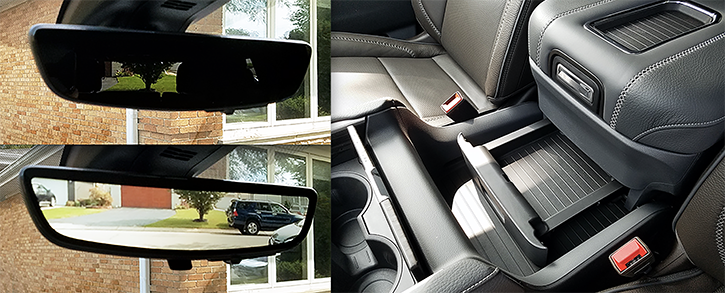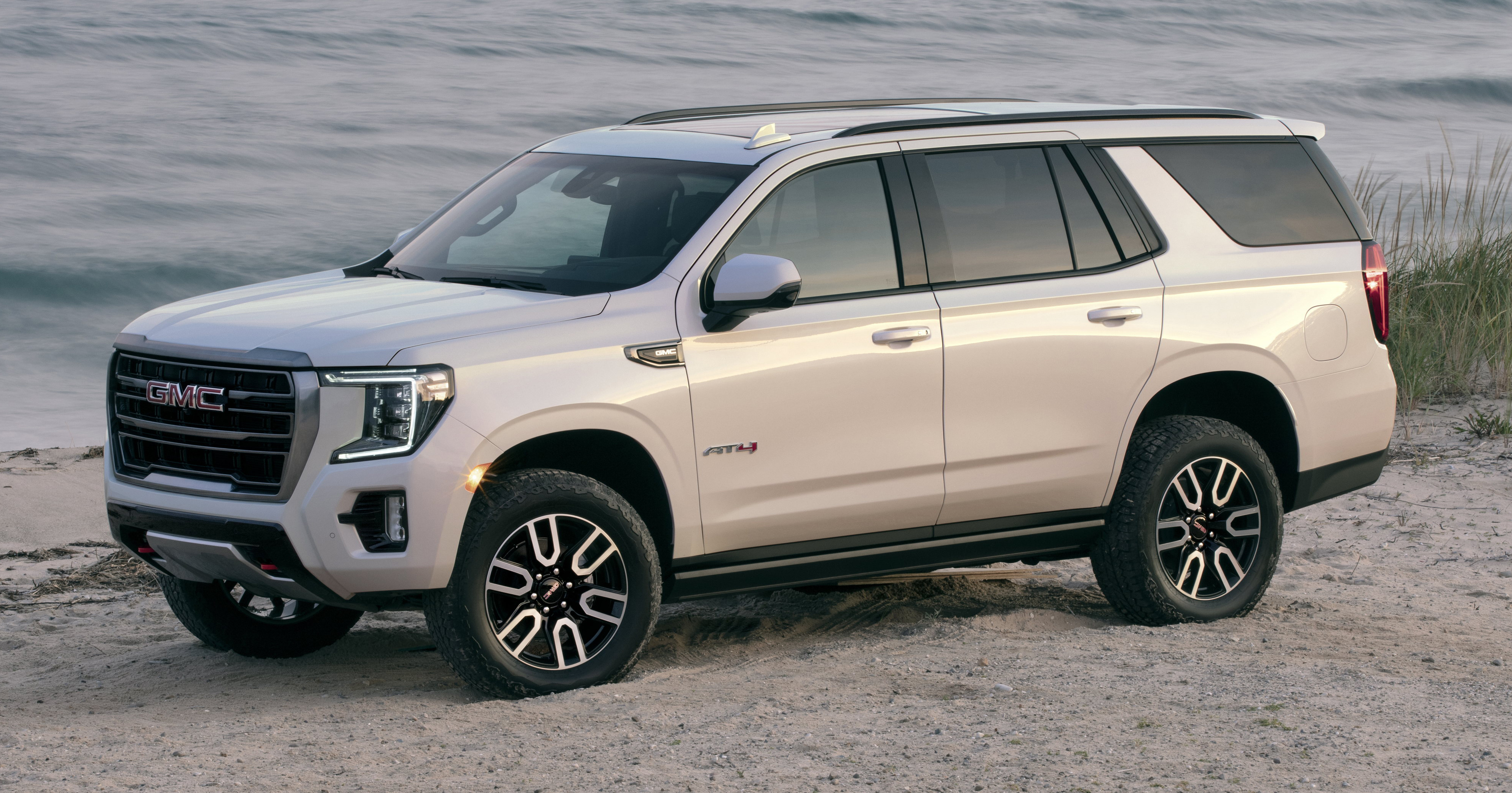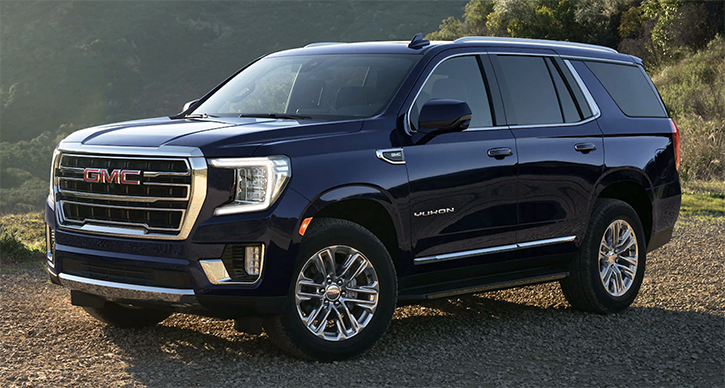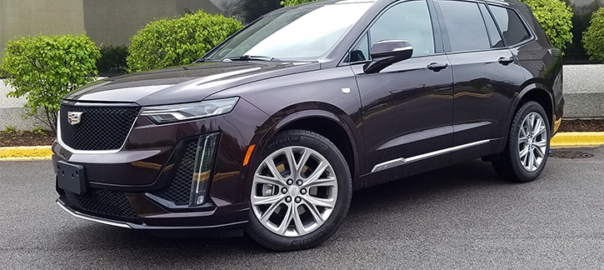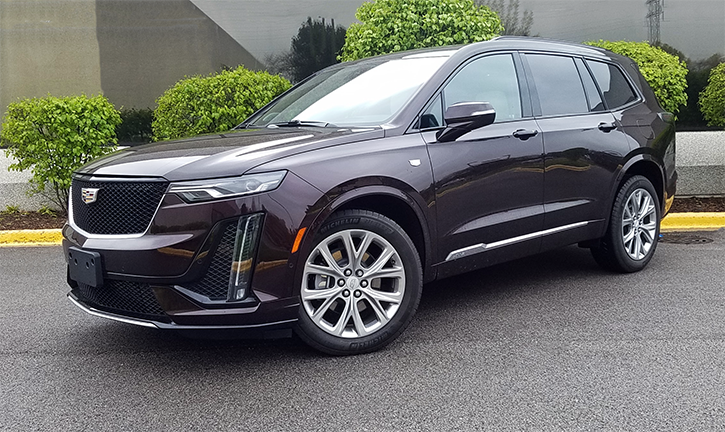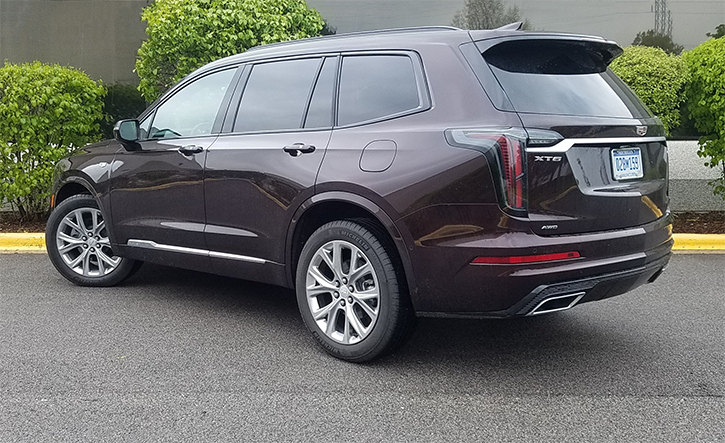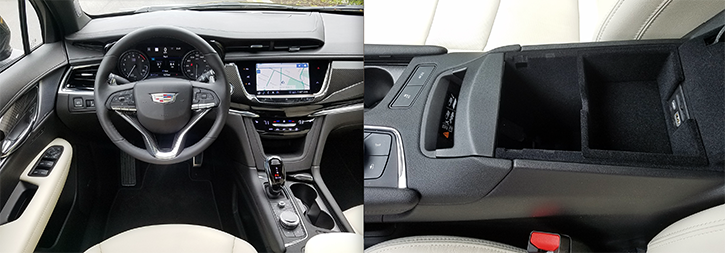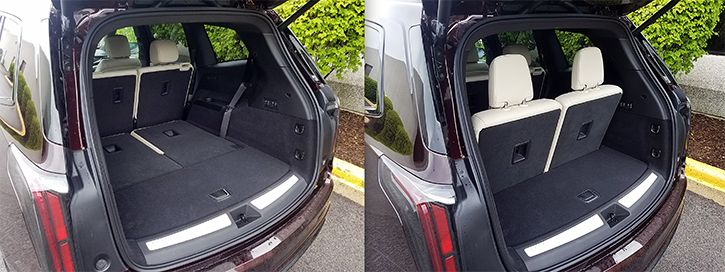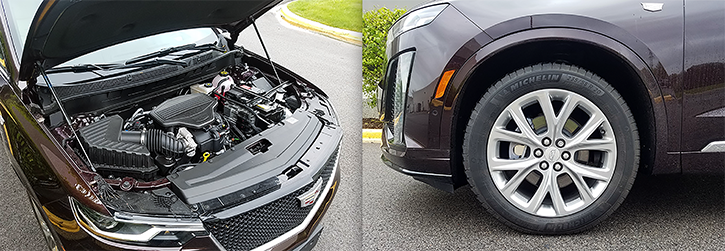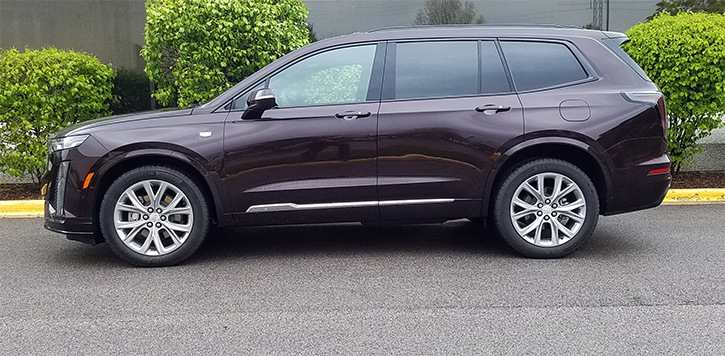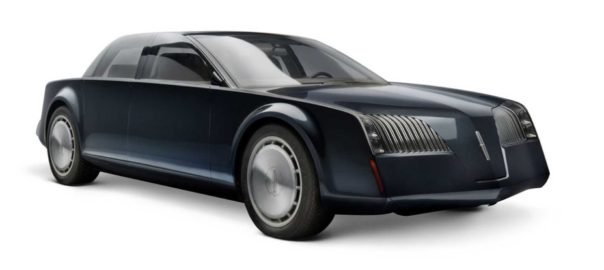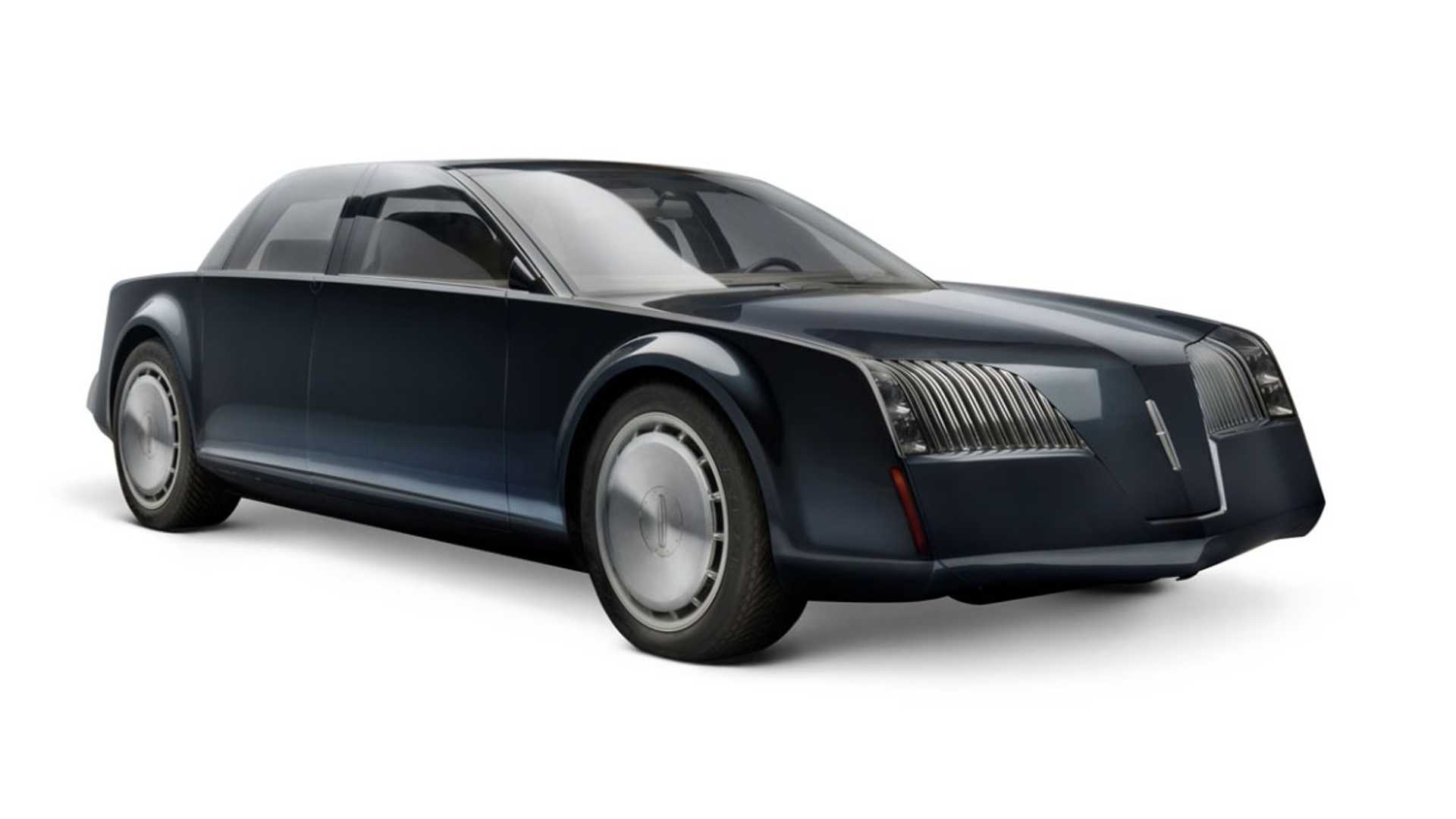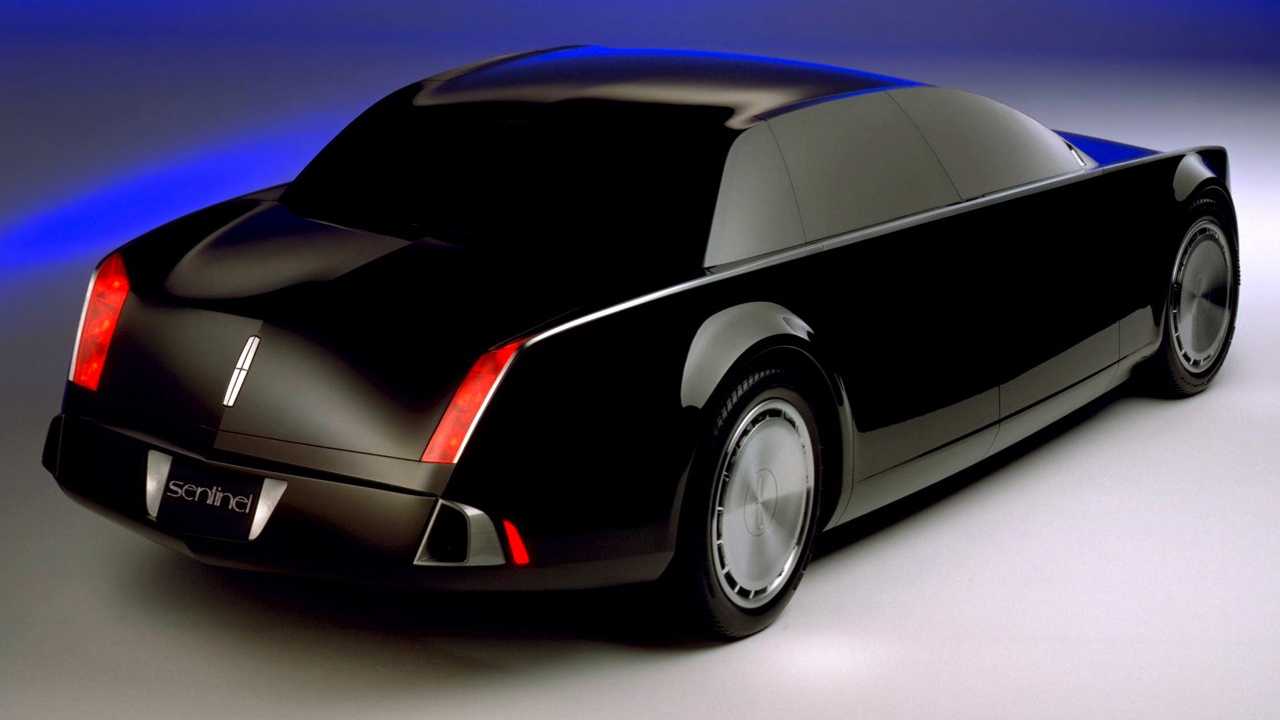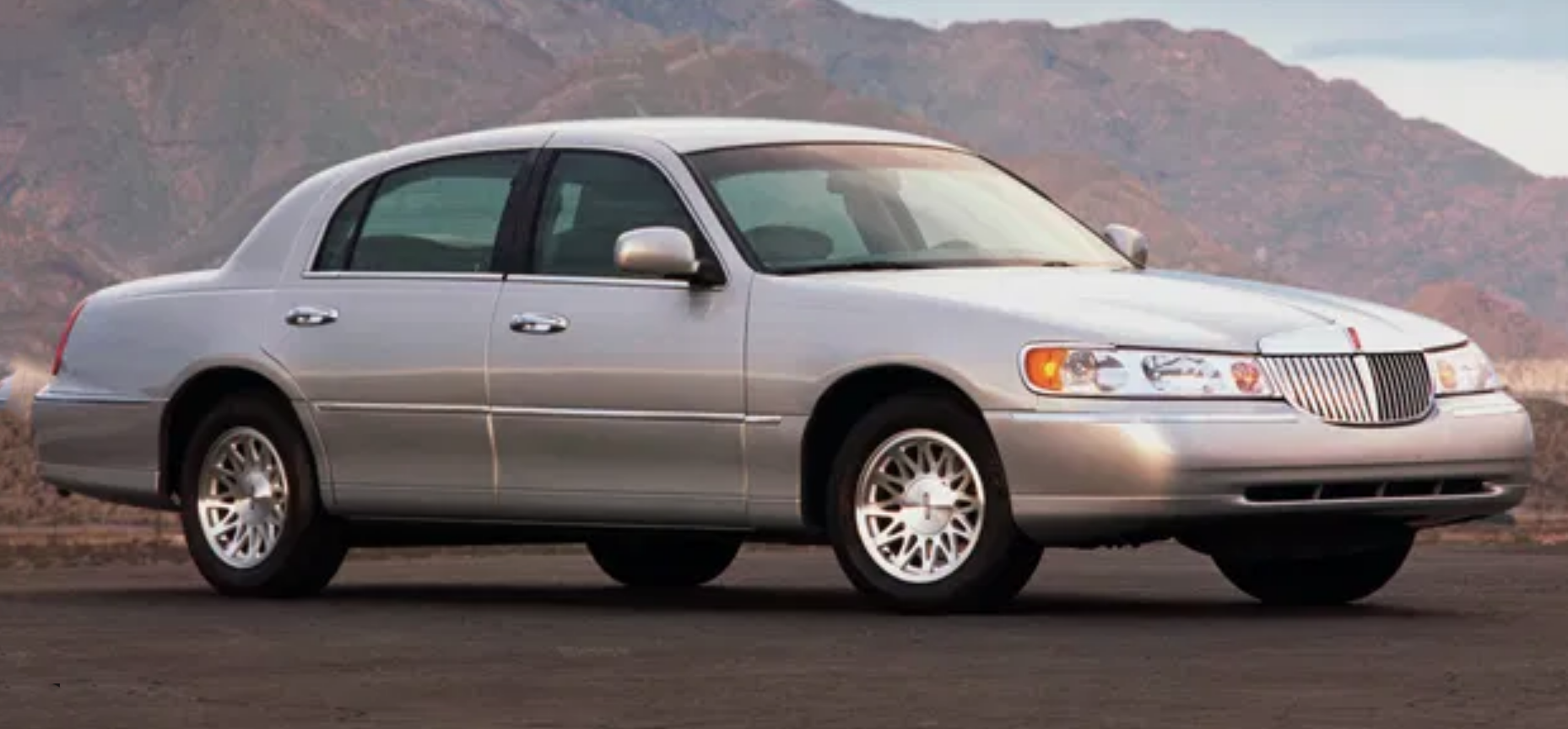
Volvo XC60 Recharge T8 Inscription in Denim Blue Metallic (a $645 option)
2021 Volvo XC60 Recharge T8 Inscription
Class: Premium Compact Crossover
Miles Driven: 362
Fuel Used: 10.0 gallons
Real-world fuel economy: 36.2 mpg
| CG Report Card | |
|---|---|
| Room and Comfort | B+ |
| Power and Performance | B+ |
| Fit and Finish | A- |
| Fuel Economy | B+ |
| Value | C |
| Report-card grades are derived from a consensus of test-driver evaluations. All grades are versus other vehicles in the same class. Value grade is for specific trim level evaluated, and may not reflect Consumer Guide’s impressions of the entire model lineup. | |
| Big & Tall Comfort | |
| Big Guy | A- |
| Tall Guy | A- |
| Big & Tall comfort ratings are for front seats only. “Big” rating based on male tester weighing approximately 350 pounds, “Tall” rating based on 6’6″-tall male tester. | |
| Drivetrain | |
| Engine Specs | 400-hp 2.0L |
| Engine Type | 4-cyl turbocharged and supercharged plug-in hybrid |
| Transmission | 8-speed automatic |
| Drive Wheels | AWD |
Driving mix: 65% city, 35% highway
EPA-estimated fuel economy: 57 MPGe/27 mpg (city/highway combined)
Fuel type: Premium gasoline recommended
Base price: $61,000 (not including $995 destination charge)
Options: Climate Package ($750), Advanced Package ($1900), metallic paint ($645), Bowers and Wilkins premium audio system ($3200), 4-corner air suspension ($1800), 20-inch 8-spoke black alloy wheels ($800), Air Quality with Advanced Air Cleaner ($250)
Price as tested: $71,340
Quick Hits
The great: Standard safety features; very high-class interior materials
The good: Strong acceleration; fuel-economy potential and eco versatility of plug-in hybrid powertrain
The not so good: Complicated touchscreen controls; optional equipment quickly drives up the bottom-line price; not quite as nimble or athletic-feeling as some performance-focused class rivals
More XC60 price and availability information
CG Says:
One option you can’t get for the Volvo XC60 Recharge—the new name for the brand’s plug-in hybrids—is a big “We’re No.1!” foam finger to slip over the roof. Too bad: Of the four plug-ins that can be found in the premium compact-crossover category for 2021, the XC60 easily tops them all for total-system horsepower at 400—or even 415 in the Polestar Engineered version. In your faces, Audi Q5 55 TFSI e quattro (362 hp), BMW X3 xDrive30e (288 hp), and Lincoln Corsair Grand Touring (266 hp)!
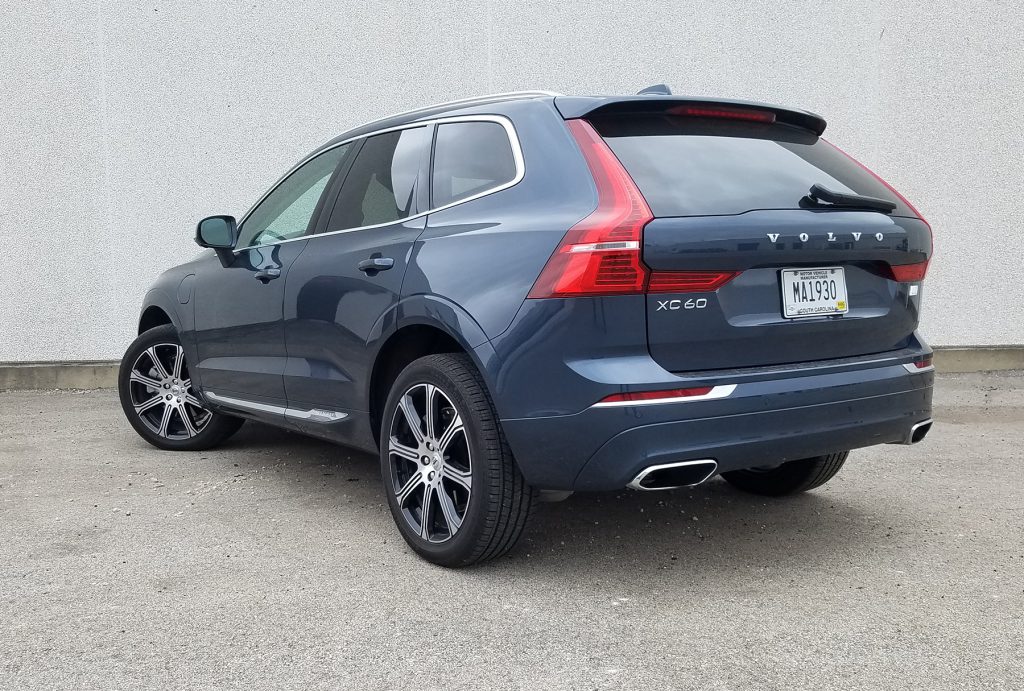
The Volvo XC60 lineup doesn’t undergo any major changes for 2021, but one of the updates is a new name for the plug-in-hybrid model: Recharge (a moniker that Volvo also uses on the pure-electric version of its XC40 subcompact SUV).
However, if you drive an XC60 Recharge filled up with Inscription equipment, like Consumer Guide did, chest-bumping, trash-talking exuberance feels decidedly out of place in its sedate surroundings. The test vehicle’s seats with off-white Blonde perforated Nappa leather and the light driftwood inlays on the dash and console imparted a sense of laid-back cool furthered by a comfortable ride and the pervasive quiet of electric-motor operation.

The XC60’s cabin is one of the most luxurious in the premium compact SUV class, particular in top-line Inscription trim. The center console is home to Volvo’s signature twist-knob engine start/stop switch, an Orrefors “Crystal Eye” gearshift lever, and the available wireless charging pad (which is located forward of the dual cupholders).
All XC60 hybrids use Volvo’s T8 powerplant, a pairing of 313-horsepower (328 in Polestar) turbocharged and supercharged 2.0-liter 4-cylinder engine with an 87-horse electric motor. Torque is a healthy 472 lb-ft. Recharges are all-wheel-drive vehicles in which the gas engine powers the front wheels and the electric motor drives those in back, with the aid of an 8-speed automatic transmission. They can be operated in a choice of modes including basic “Hybrid,” all-electric “Pure,” and fully engaged “Power.” There is an “AWD” mode that locks in all-wheel drive when necessary and an “Individual” setting that blends elements from other modes.
Test Drive: 2021 Toyota RAV4 Prime SE
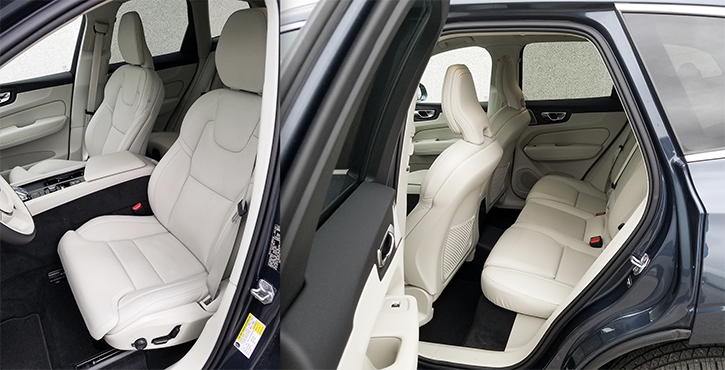
There’s good space for big and tall adults in the XC60’s front seats, and decent room for average-sized adults in back.
A consistent feature of XC60 hybrids that CG has driven—previous tests were on 2018 and ’19 models—is good in-town performance when in Pure and Hybrid modes. (Should the charge from the 11.6-kWh battery be depleted while driving in Pure, the truck smoothly slips into Hybrid mode.) For livelier acceleration, Power mode makes full-time use of the gas engine. Throttle response is much quicker in all ranges, though the internal-combustion engine is somewhat loud under acceleration and a little throbby at idle.

A generously sized panoramic sunroof is standard equipment even on base XC60 models.
With a full battery charge, Pure mode enables an advertised 19 miles of all-electric driving range—which many owners should find handy for gasless errand running and perhaps even work commuting. However, the range indicator in the instrument cluster showed us projected electric ranges just over 20 miles, and with braking regeneration feeding bursts of charge back to the battery, we were able to go a little further still before the gas engine had to join the party. A “level 2” 240-volt charger will replenish a spent battery in about 2 hours, 45 minutes.
Test Drive: Land Rover Range Rover Sport Plug-in Hybrid

The XC60 Recharge doesn’t sacrifice any cargo-carrying space compared to its regular gas-engine kin: There’s a respectable 63.3 cubic feet of space with the rear seat backs folded down.
EPA energy-economy estimates for the version tested are 57 MPGe with electric and gas operation; the gas-only component is pegged at 27 mpg in combined city/highway use. CG editors’ individual gas use (with no factoring for electric-power miles driven) varied widely from the high 20s to the low 40s mpg.
The driving modes also have an effect on ride softness and steering feel. Both get perceptibly tauter in Sport, for instance. Four-corner air suspension, an $1800 option that was on the test vehicle, changes firmness and ride height depending on the chosen driving mode. It also has the ability to lower the rear of the vehicle to ease cargo loading. (Switches for this are built into the cargo bay.)
XC60 Recharge starting prices (with delivery) range from $54,595 for the Inscription Expression to $71,290 for the Polestar Engineered. The Inscription in this test began at $62,095 but hit $71,340 with options. Regardless of price or power source, all XC60s now come with standard blind-spot alert, hands-free power liftgate, and steering-linked LED headlights. The Inscription also has “Oncoming Lane Mitigation” to steer the vehicle back into its lane should it cross the center stripe when an oncoming vehicle is detected; City Safety collision-avoidance for everything up to large animals; forward-collision and lane-departure warning and mitigation; drowsy/distracted driver alert; and road-sign information. The dual-zone climate-control system is about the easiest thing to access through the otherwise fairly inscrutable Sensus Connect touchscreen in the center of the dash. The plush cabin offers good room in both seating rows, convenient personal-item storage facilities, and 60/40 rear seats that fold flat to expand the cargo area.
First Spin: 2022 Infiniti QX55

The XC60 Recharge’s charging port is located on the driver’s side front fender, and the supplied 120v charging cable can be stowed in a compartment beneath the rear cargo floor.
Buyers will pay a lot for the privilege, but this Volvo hybrid has most everything they could want in a luxury SUV. Just no outsized foam finger.
First Spin: 2021 Lincoln Nautilus
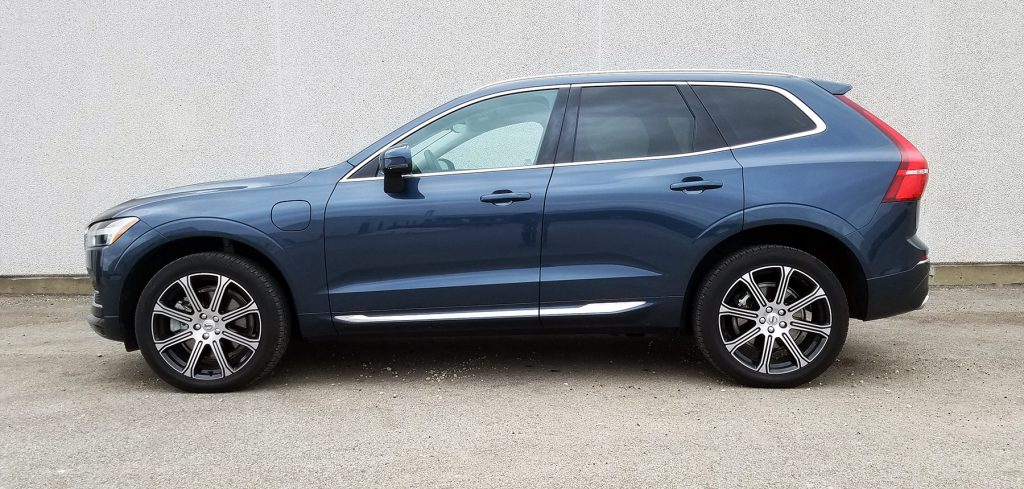
Its pricing is steep (especially in optioned-up form), and its handling isn’t quite as nimble as some sporty European rivals’. However, the Volvo XC68 Recharge plug-in hybrid offers a genuinely upscale feel inside and out, as well as a powertrain that combines gutsy acceleration with very respectable fuel economy and pure-EV capability for short trips.
Listen to the very entertaining Consumer Guide Car Stuff Podcast
2021 Volvo XC60 Recharge T8 Inscription Gallery
(Click below for enlarged images)
2021 Volvo XC60 Recharge
2021 Volvo XC60 Recharge
For GREAT deals on a new or used INFINITI check out INFINITI of Thousand Oaks TODAY!


